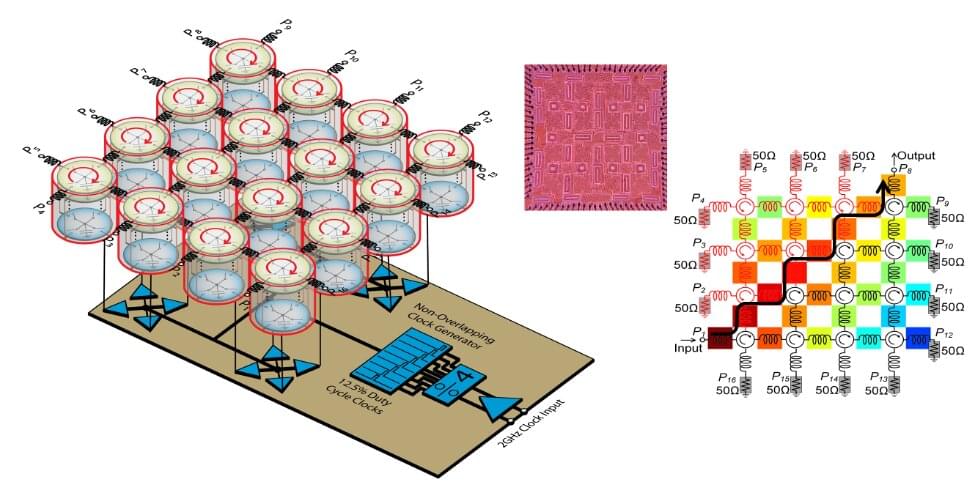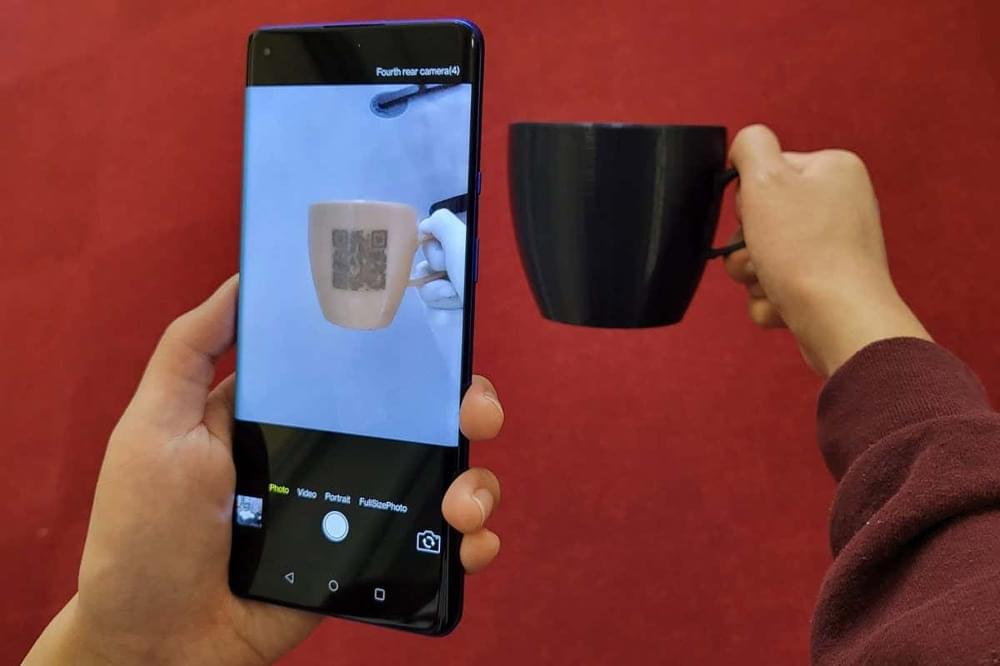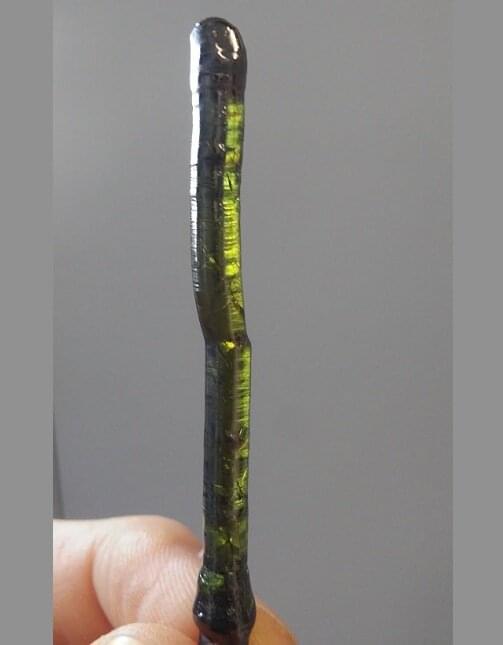May 12, 2022
New tech can double spectral bandwidth in some 5G systems
Posted by Shubham Ghosh Roy in categories: computing, internet, quantum physics
Some materials, like wood, are insulators that block the flow of electricity. Conductors, such as copper, allow for electricity to flow through them. Other materials—semiconductors—can be either/or depending on conditions such as applied electric field or temperature. Unlike wood or copper or silicon, though, topological insulators (TIs) are an exotic state of matter that is conductive on the surface, but not in the bulk. Such unique material properties have great scientific implications and could be of use in a range of technologies, including wireless communications, radar and quantum information processing.
Through a collaborative effort, the research labs of Aravind Nagulu, assistant professor in the Preston M. Green Department of Electrical & Systems Engineering at Washington University in St. Louis, and colleagues from Columbia University and the City University of New York’s Advanced Science Research Center have demonstrated the first implementation of an electromagnetic topological insulator on an integrated chip.
The collaborative project’s findings were published May 2 in the journal Nature Electronics.


















